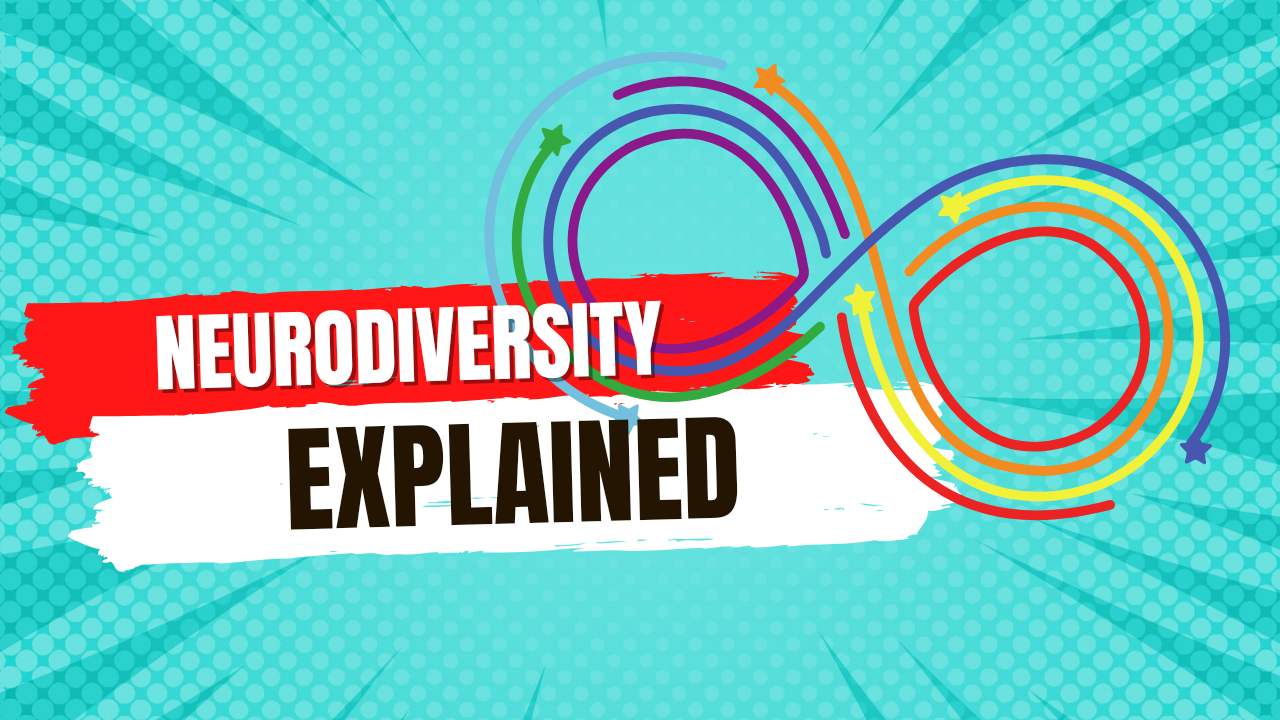Within the Autistic community, much of the basic theory that exists within neurodiversity studies is taken for granted. For newcomers, it can feel very overwhelming to understand as this body of ideas has been growing for decades. This page aims to take some of the core ideas and explain them to newcomers.

What is neurodiversity?
Neurodiversity is a subset of human biodiversity. It refers to the diverse range of neurocognition that occurs amongst humans. The concept was credited to Judy Singer (1997). However, it has since come to light that the INLV community is where the term originated.
One of the common misunderstandings of neurodiversity is that it refers exclusively to people who are Autistic, ADHD, or otherwise neurodivergent. Neurodiversity actually refers to the entire range of human neueocognition, including those that are seen to perform neurotypicality.
What is neurodivergence?
A neurodivergent person is an individual who can not perform neurotypicality. The term was coined by Kassiane Asasumasu (2000). Some incorrectly believe it refers exclusively to those born with a neurological difference such as Autistic and ADHD people, but it reaches further.
Neurodivergence also refers to the full spectrum of mental health conditions as well as traumatic brain injury and epilepsy to name a few. If your brain functions differently, for any reason, congratulations! You’re neurodivergent!
What is neurotypical?
A neurotypical person is a person who can comfortably perform neuronormative standards of the predominant culture. As these standards change from culture to culture, it is generally considered that neurotypicality is more of a performance than a distinct neurotype itself.
Some have incorrectly positioned neurotypicality and neurodivergence as binary opposites to each other. A better way of understanding neurotypicality is as those whose neurocognition affords them privilege within the predominant culture, with the understanding that no two brains are exactly the same.
The difference between person-first and identity-first language
With autism dominating most of the discussion within the general neurodiversity movement, it is unsurprising that Autistic community language preferences tend to take precedent.
Person-first language would be “person with autism” whereas identity-first language would be “Autistic person”.
The general consensus amongst Autistic people and in much of the discussion around neurodiversity is that neurodivergence is an integral and defining part of our being, and thus, we tend to use identity-first language.
The neurodiversity paradigm versus the pathology paradigm
The neurodiversity paradigm takes a social model approach to disability with any disabling aspects of neurodivergence being attributed to societies failure to accommodate our needs.
The pathology paradigm takes a medical model approach to disability, with neurodivergence and it’s associated struggles being attributed to medically relevant illness in need of intervention by healthcare professionals.
The core aim of the neurodiversity movement is to shift the world’s general understanding into the neurodiversity paradigm.
The theory of monotropism
Monotropism was conceptualise by Dinah Murray, Wenn Lawson, and Mike Lesser as a conceptualised framework by which Autistic neurocognition could be understood. In the time since it was conceptualised, it has also come to be applied to ADHD.
Monotropism explains that Autistic and otherwise montropic people have an attentional style that tends towards singular, highly detailed attention tunnels. It has been used to explain ideas such as Autistic inertia as well as to understand the complex presentations of Autistic burnout and psychological wellbeing.
The double empathy problem
The double empathy problem was proposed by Damian Milton (2012) as a solution to the perceived lack of empathy in Autistic people. It suggests that due to differing life and cultural experiences, neurodivergent people have a different use and interpretation of language, and that both neurotypical and neurodivergent people struggle to fully empathise with each other due to these experiential differences.
It frames the perception of Autistic people lacking empathy and appropriate communication as a function of the power imbalance between neurodivergent people and those afforded privilege by the dominant culture and socioeconomic structures of a given society.
Neurodivergence and functioning labels
In the 1980’s, researchers began using the terms “high-functioning autism” and “low-functioning autism” to differentiate between Autistic people with an intellectual disability (IQ score below 70) and those without. Sone that time functioning labels have been applied to a number of forms of neurodivergence and disability.
People within the neurodiversity movement generally avoid the use of these generalised terms as they are inaccurate and harmful. Functioning labels are used to gatekeep support and deny autonomy. They also fail to capture the dynamic nature of being neurodivergent, where one’s needs can change from day to day, or really over any period of time.
Some (including myself) have noted that functioning labels really only measure ones functioning within the socioeconomic system of their culture, and as such are inherently ableist. These arguments also have a connection to the dislike of the term “aspergers” when referring to Autistic people.
Why Autistic people dislike the diagnosis of “aspergers”
Hans Asperger (for whom the diagnosis is named) was a Nazi doctor in the Second World War. His work included establishing which Autistic people were of use to the German nation, and which were to be considered a burden. Those deemed useful (whose particular profile of needs would go on to be named “Aspergers Syndrome”) were spared from the gas chamber, while those deemed not to be useful were killed.
Autistic people, and the neurodiversity movement in general, reject Aspergers as a discrete sub-category of autism not only because it is linked to the atrocities of world war two, but also because in essence, it is another form of functioning label that plays a similar role to the term “high-functioning autism”.
More will be added to this page over time.

You must be logged in to post a comment.